Belmore Court: Your next best stay in the West
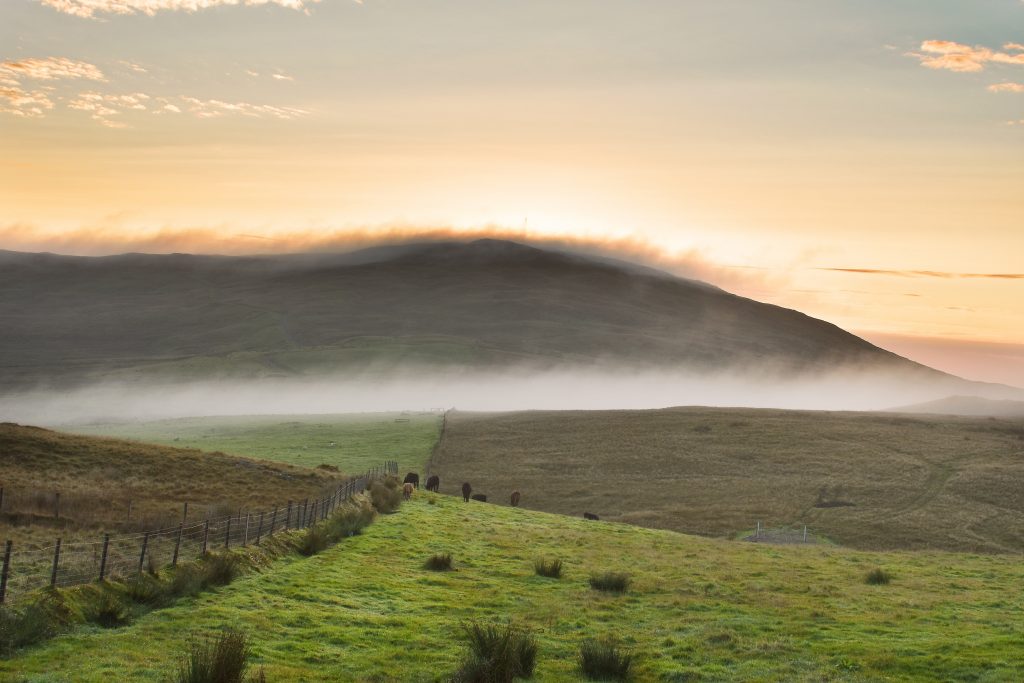
Would you like to sponsor this article?

Hello, I’m Jen. I’m 30 (although sometimes I forget I am) and I live just outside Dromara (which my ‘city’ friends think is the middle of nowhere). I work 3 days a week as a special needs assistant and spend a lot of my free time walking, hiking or doing Pilates! I love photography and would quite happily sit for hours on a mountaintop with the camera and tripod!
READ: February: A month to sink your teeth into
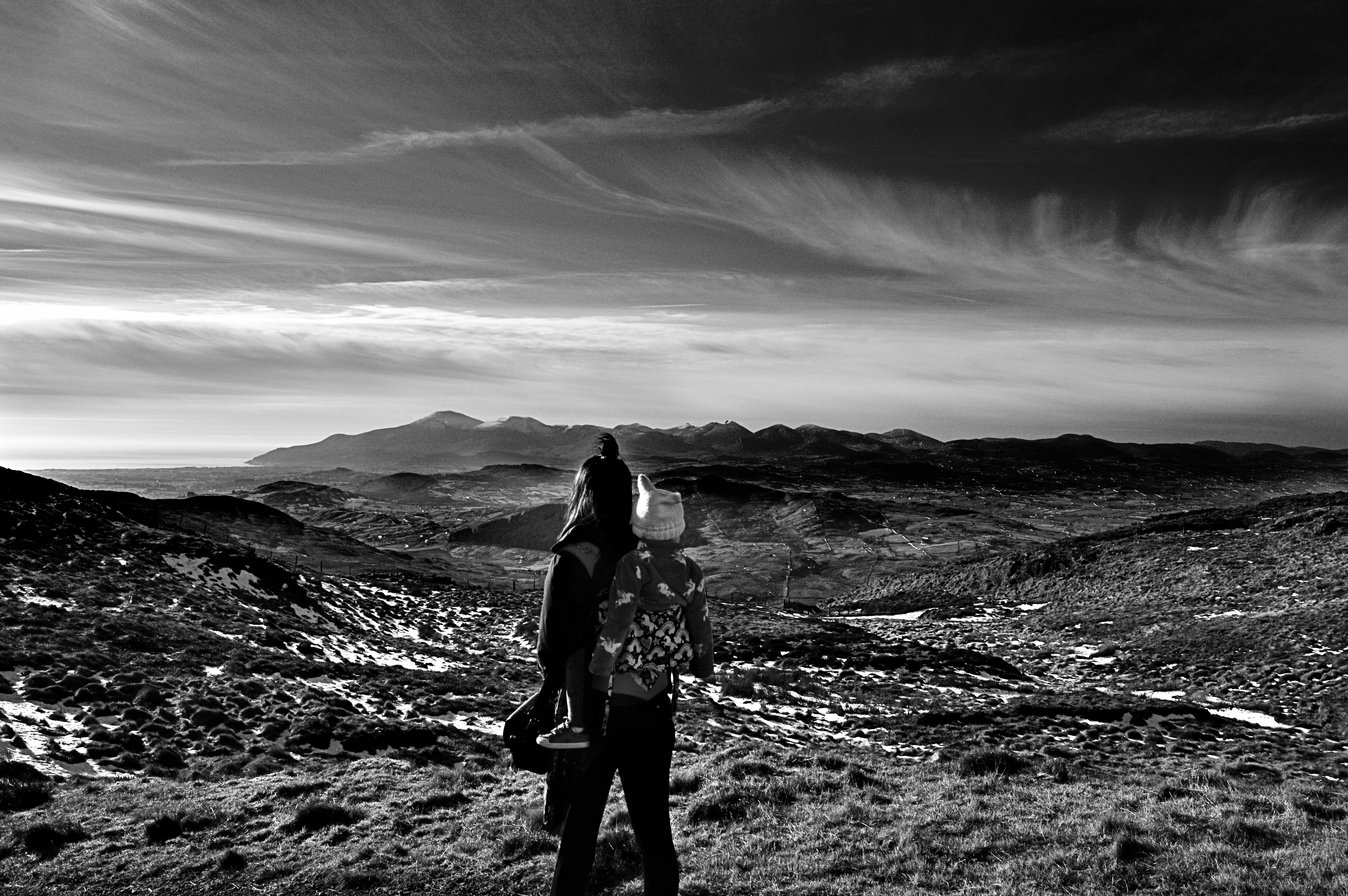
READ: Returning to the Mountains after an Injury
What’s my favourite hike? This is probably the hardest question for me to answer. I like many different hikes for different reasons and the fact I’m really indecisive doesn’t help… that’s probably why it’s taken me so long to write this! But today I’m going to talk about Slieve Croob. It was actually a few people in work had recommended I try it after moving into the area in 2017. I really love Slieve Croob as it’s only a few minutes away and it means no matter what season or time of the day I can always make time for a walk up it.
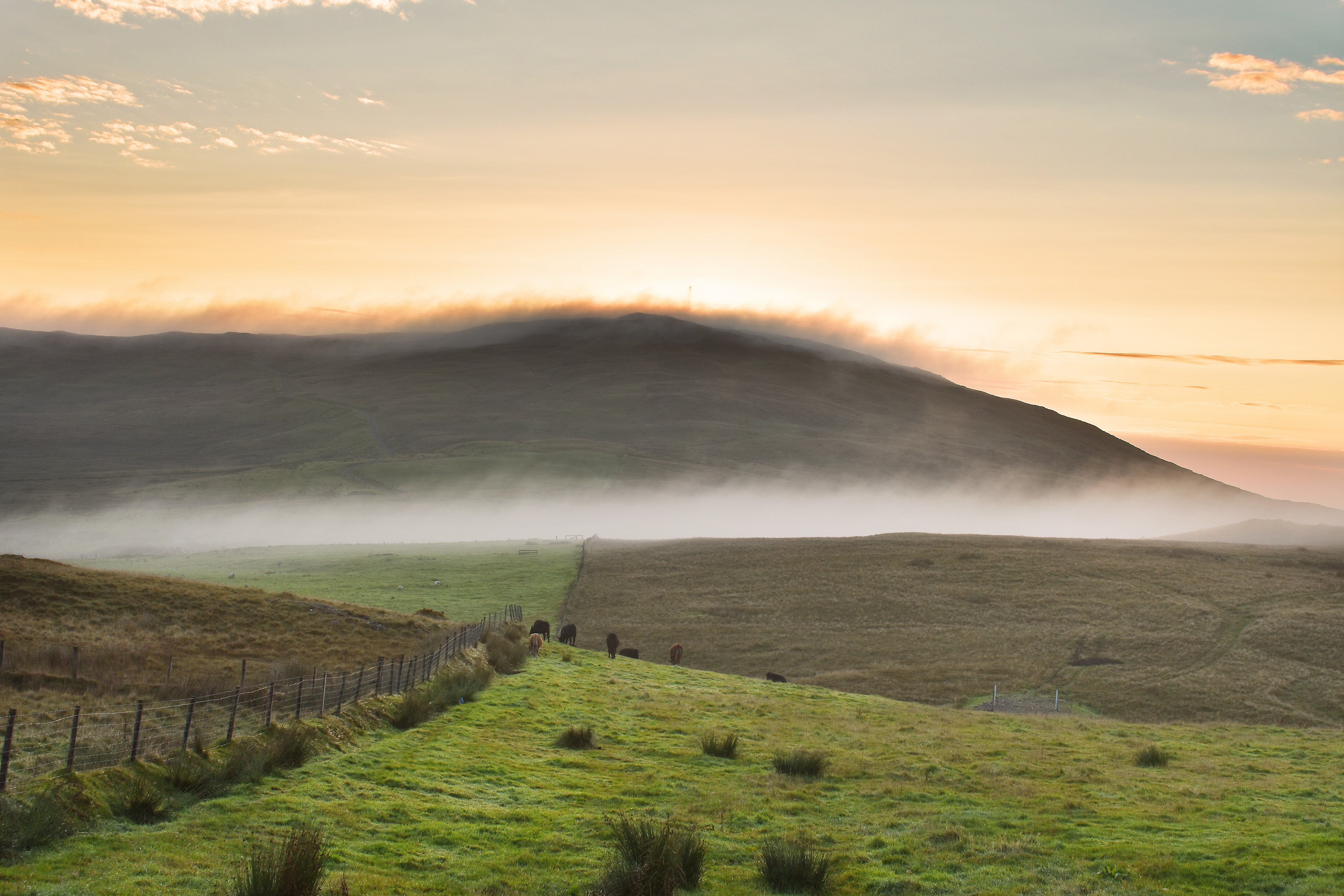
Slieve Croob isn’t too taxing but still gives a lovely mountainous feel from its summit and fantastic views across County Down towards the Mournes on a clear day and the Belfast hills to the other side.
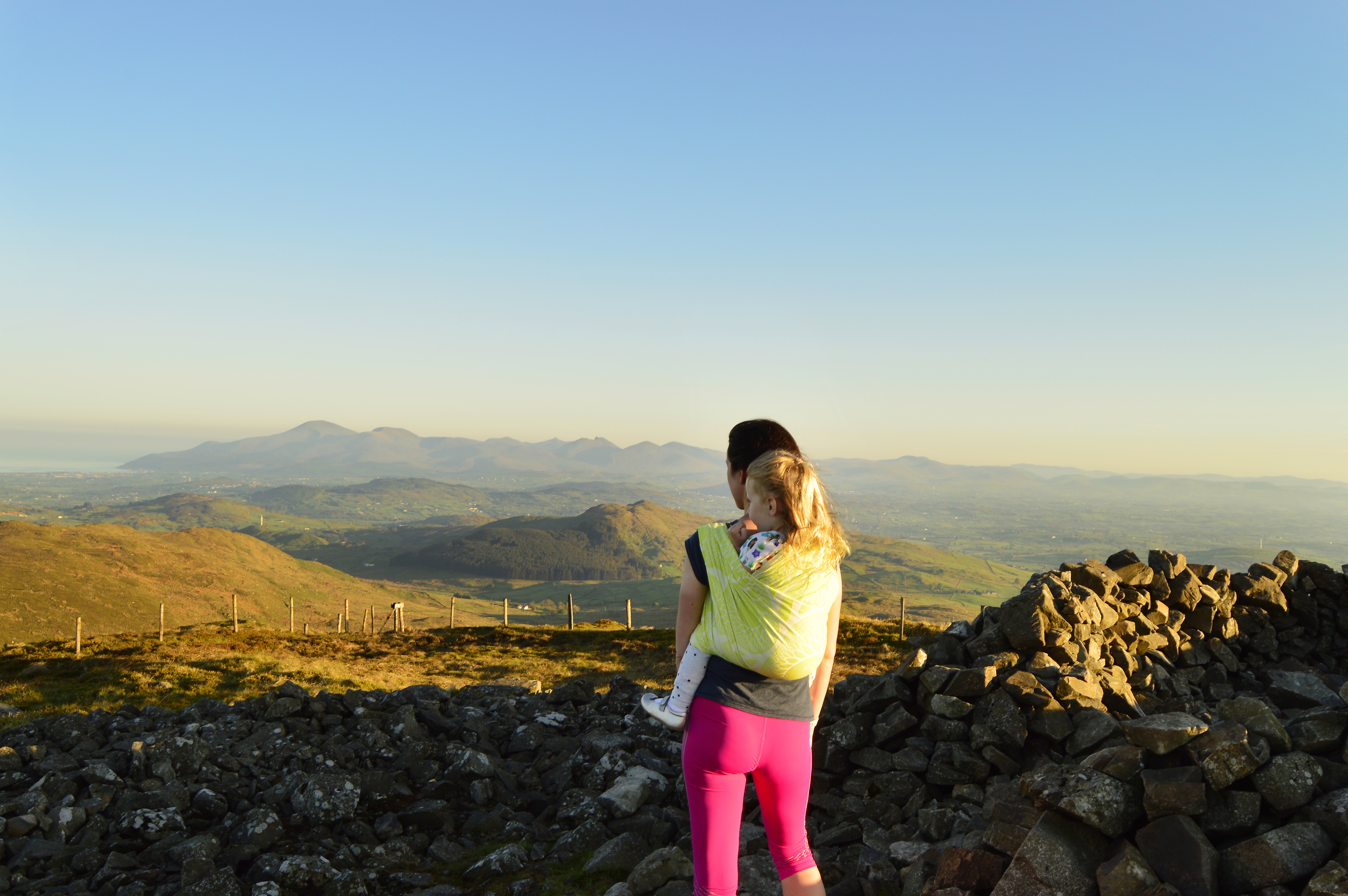
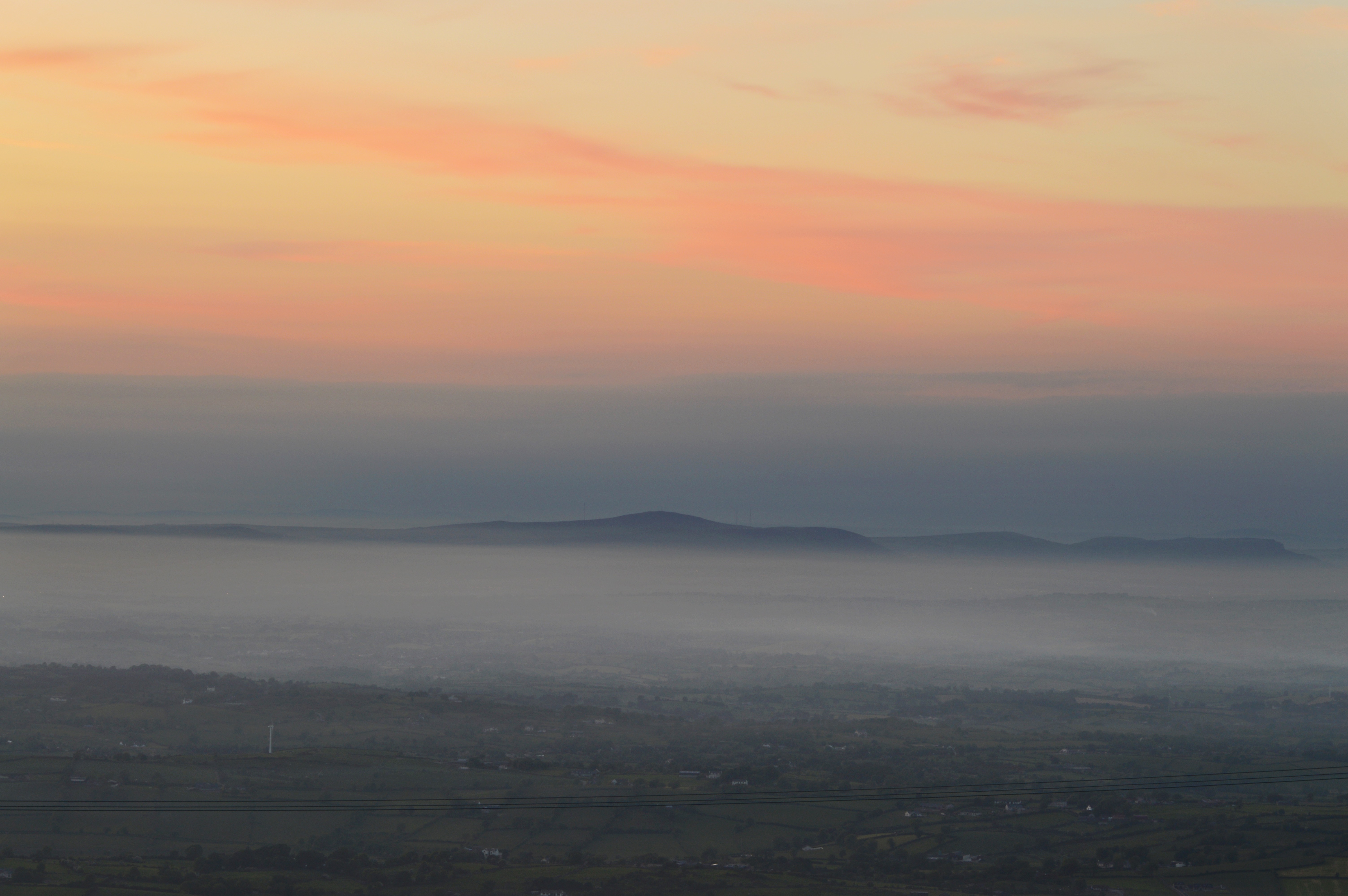
I like Slieve Croob in all seasons. My first walk up it was actually last winter – I headed up one morning on my day off with my then 3 year old in toe. We wrapped up warm and I carried her on my back. There was snow still on the ground in places and a little ice but the view was fantastic looking across to the snow-capped Mournes! It’s definitely a walk you’ll want to bring your camera on! If going in winter (even though most of the route is tarmac) I’d recommend using walking pole/s and crampons on your hiking boots. The ground can be slippy in ice and with any walk .. you don’t want a slip or fall! Safety first.
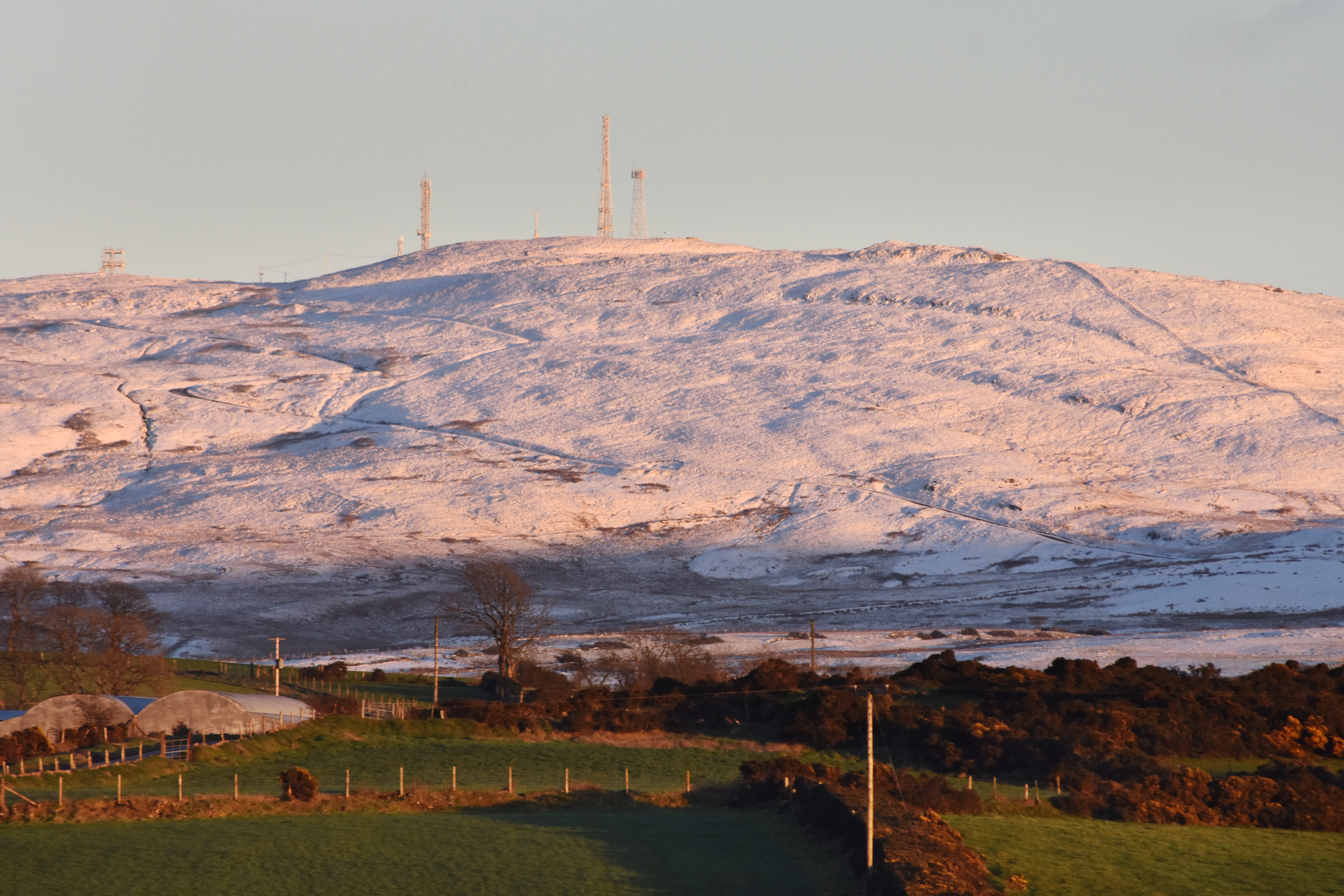
The joy with Slieve Croob is that it doesn’t take too long and is a clear path up and down meaning sunset for me is my favourite time to go up! I love a summer or early autumn sunset and spent quite a lot of time last year photographing the setting sun from different vantage points at the top of Slieve Croob and watching the bog cotton blow in the breeze.
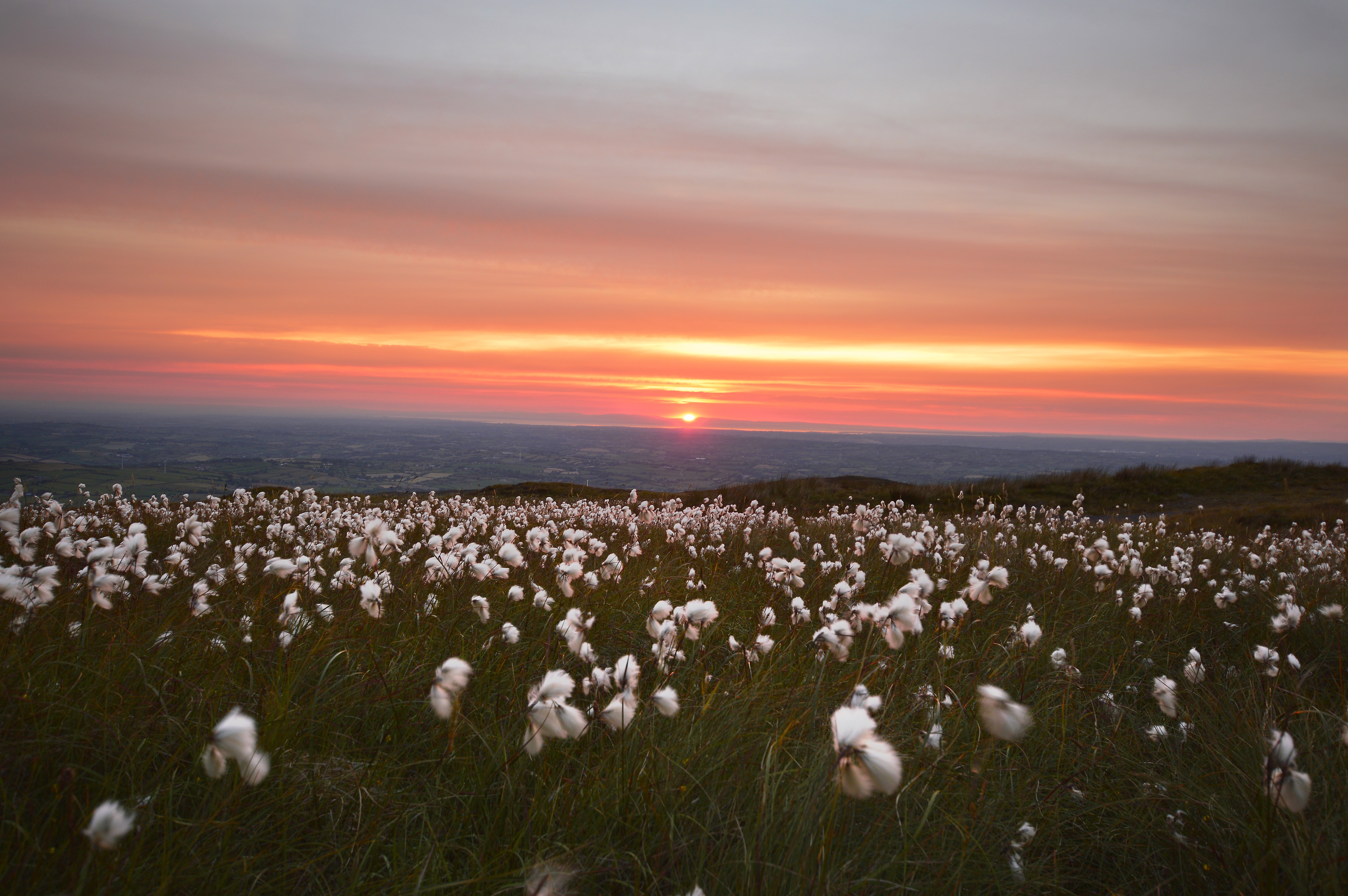
For me the heather and the bog cotton are just so beautiful. It’s definitely a lovely peaceful way to end the day and I find it very relaxing and tranquil watching the sun sink into the horizon.
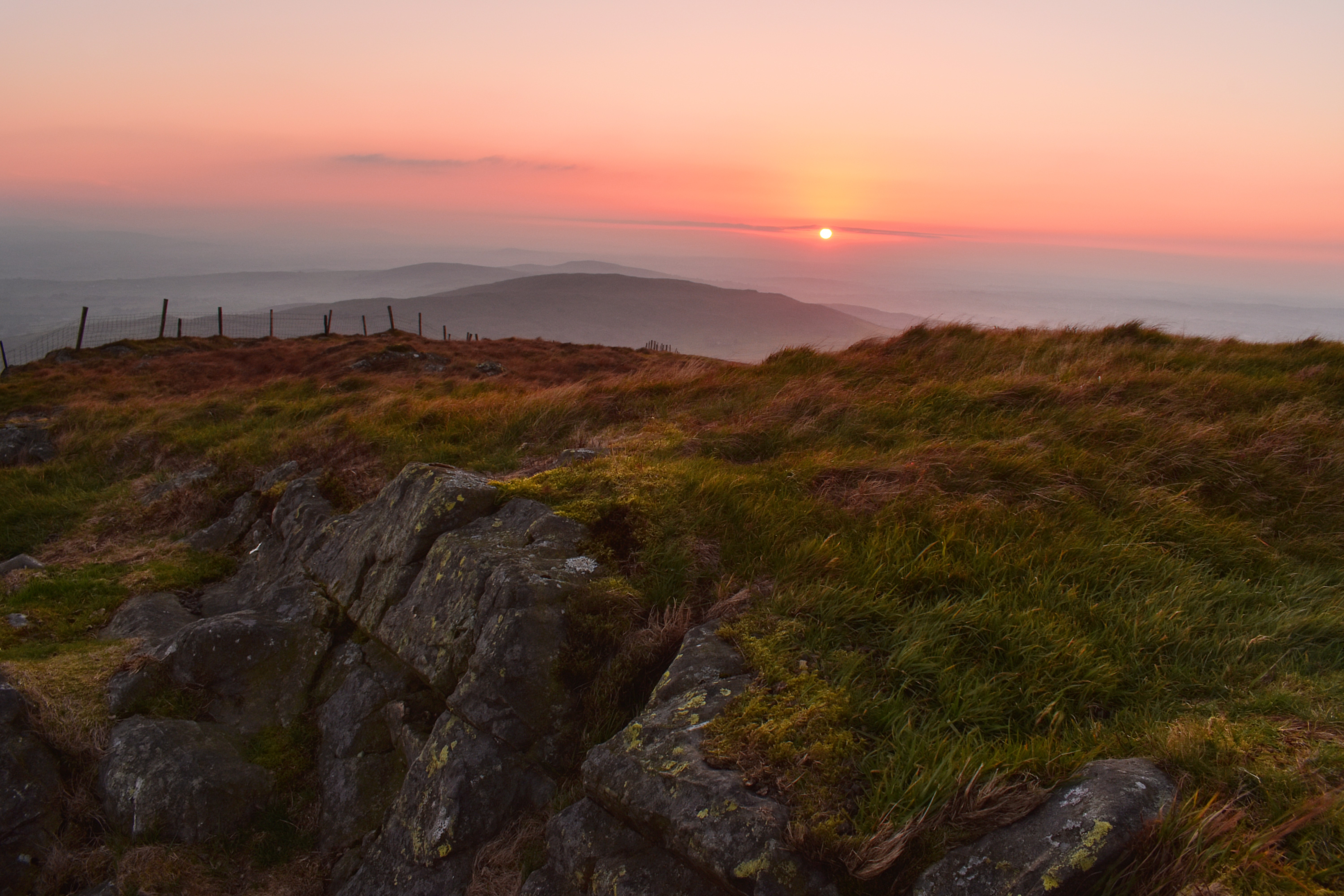
I think this is a good walk for any age and ability. It definitely is a good introduction to hill-walking for any casual walkers or novice as the path is tarmac up to near enough the summit. The last little stretch is a grass hill and a style to cross which isn’t too taxing just make sure you’ve suitable footwear with good grip on.
We hike the Mournes frequently and have also visited the Wicklow mountains and Derryveagh mountains in Donegal, but I still love Slieve Croob. I would definitely recommend it even to seasoned hikers out there as the views are fantastic and it’s a great walk when you are short on time and the Mournes or longer hikes aren’t an option.
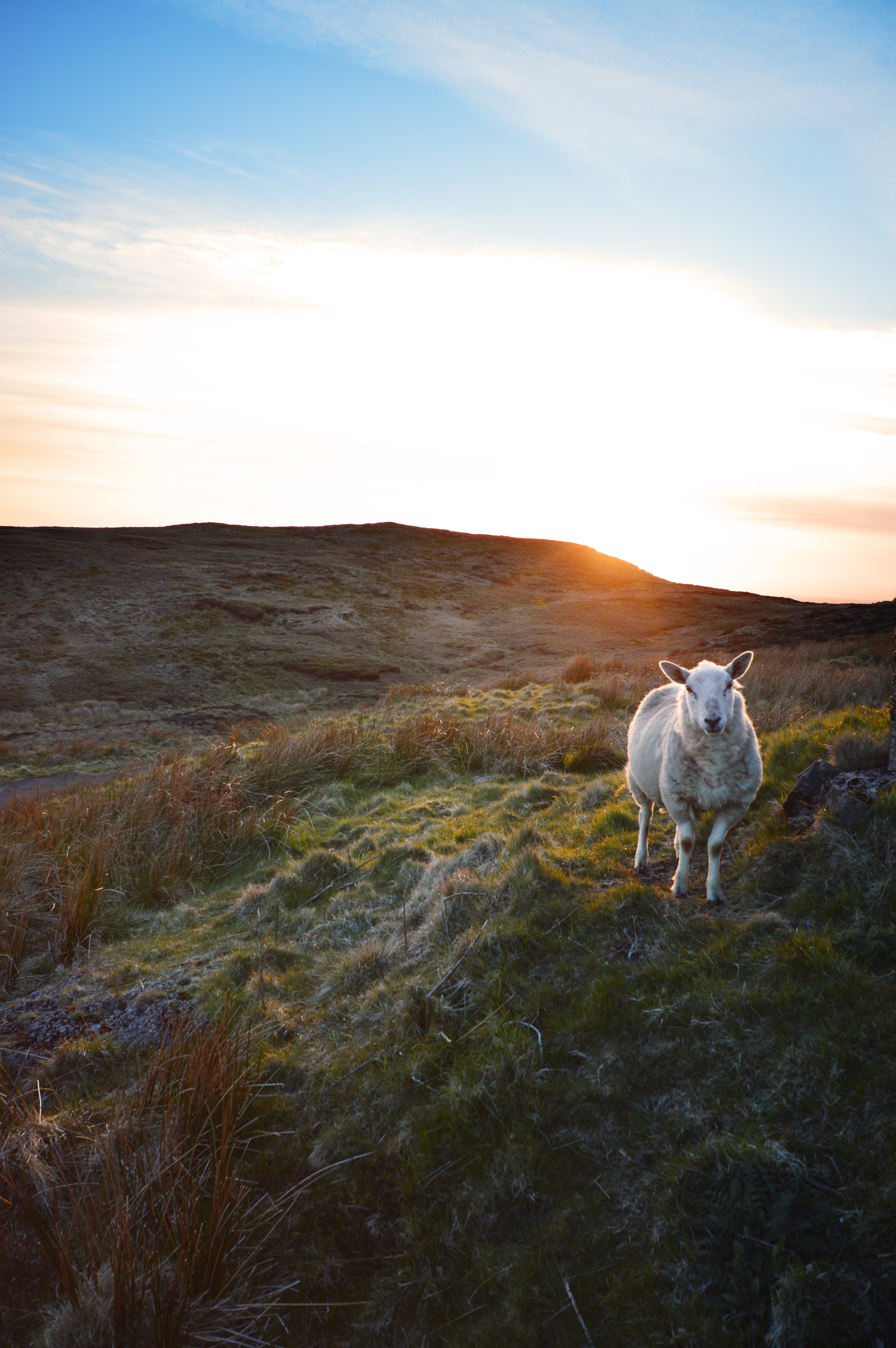
The walk itself is pretty straightforward. The best approach for your first time is to head to Dree Hill in Dromara. This is the route where you follow the tarmac path up to the transmitters on the top. There are other routes over tougher terrain but for today we will talk about this straightforward route.
There is a car park on Dree hill at the bottom of Slieve Croob and you enter a gate immediately at the car park to start your walk. From here you follow the tarmac path that winds up the mountain to near the summit – this is known as transmitter road. Just keep following the path, you can’t go wrong – just watch out for roaming sheep (they usually run off when you get near anyway) and the odd van or car heading up to the transmitters. You can take your time going up but it is tarmac right up until you see the stunning mountains of Mourne come into view. On a clear day the view is phenomenal. My first visit took my breath away. Be sure to stop and catch your breath whilst you take a few photos.
As you reach the end of the tarmac road with a small building and transmitter on your left look up at the mountain and you will see a grass hill with a style. Head for this and follow on to another style. The summit cairn will come into view and you will be at the highest point of the Dromara hills at 534m! Just watch out as the ground here can be uneven and very muddy depending which season you go! The 360-degree views of County Down are fantastic and the Mourne mountains are breathtaking ! You can also see the Belfast hills. What a vantage point!
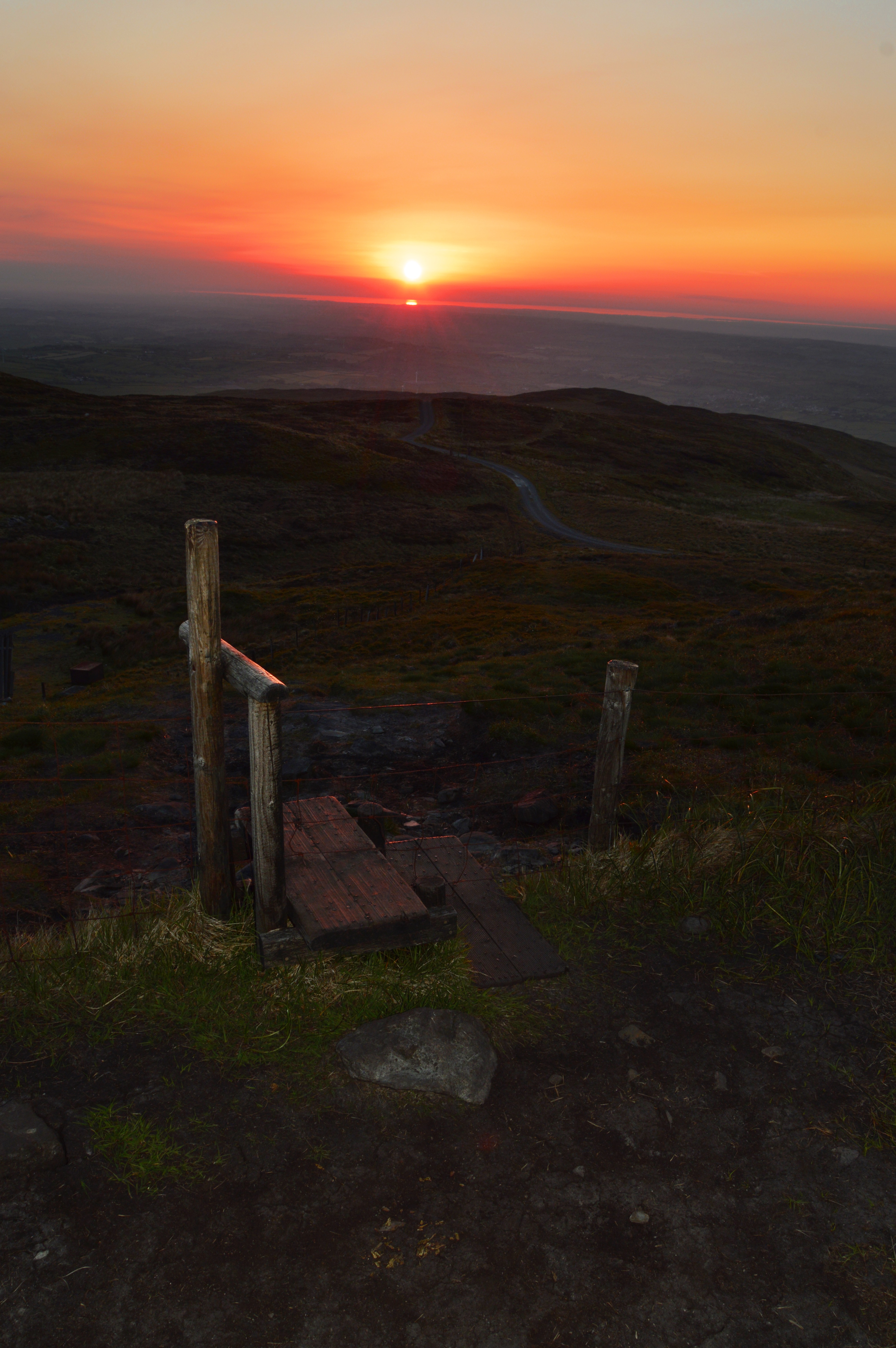
Follow the same route back down to the tarmac transmitter road and back to the carpark.
Timewise really it depends on your fitness and walking pace. As you are able to park your car in the Dree Hill carpark at the foot of Slieve Croob it means you can get up and down pretty quick. When I’m carrying my daughter on my back I’m usually up in 40 mins and down in 15 with a few photo breaks or quicker when I’m on my own. Just make sure to allow yourself plenty of time especially if nearing sunset and always check the weather before you go (I recommend the Met Office app as it shows Slieve Croob on it specifically).
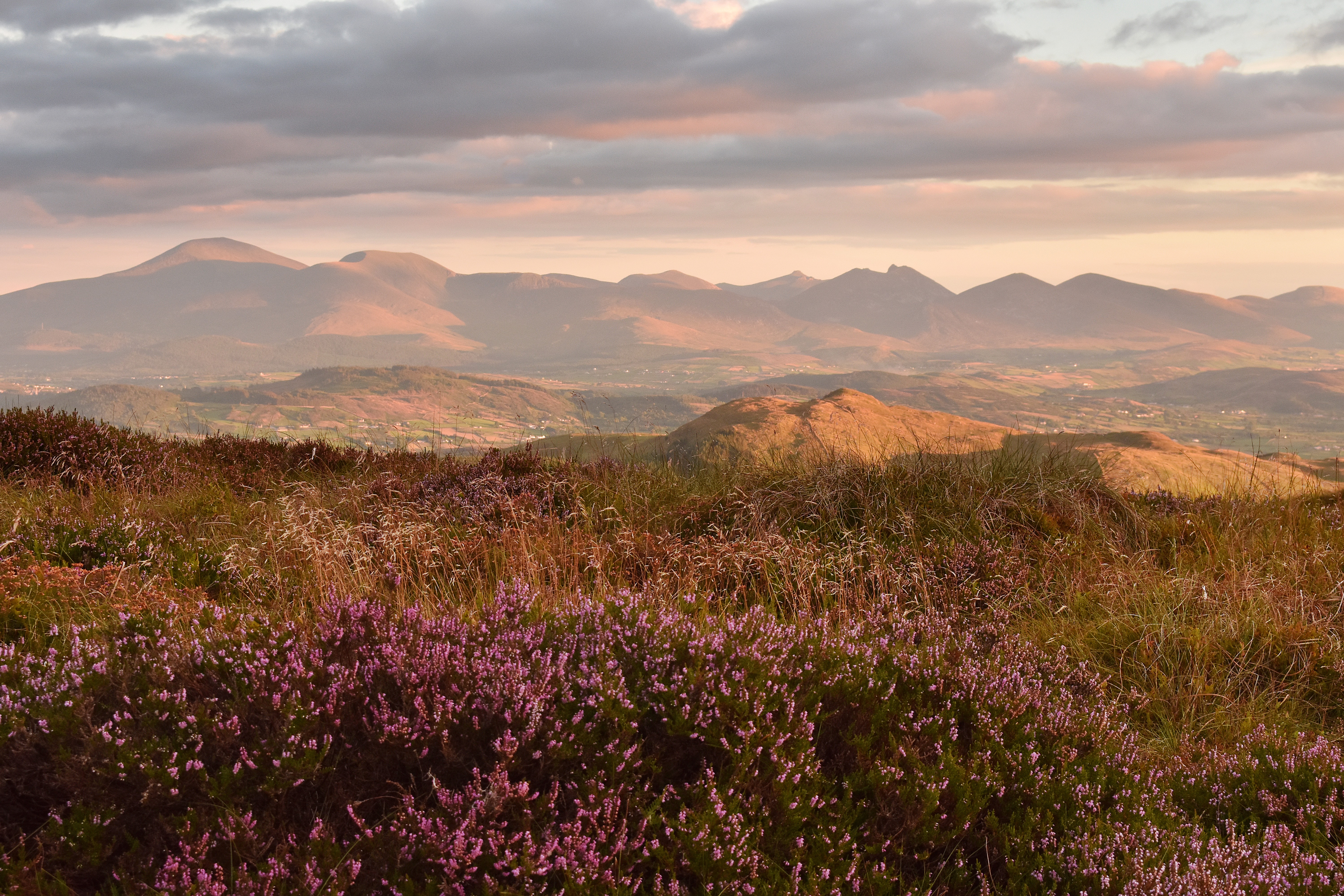
My final piece of advice would be to always bring a few essentials. Whilst it may be a straightforward walk it’s always best to bring a phone if you have one, a bottle of water and some extra layers in a bag as you never know when you could get caught out, especially at the summit as it can be windy and cold up there but warm down at the carpark.
It’s great to take time out from the stresses of life and step away from the social media and soak up nature! Enjoy!
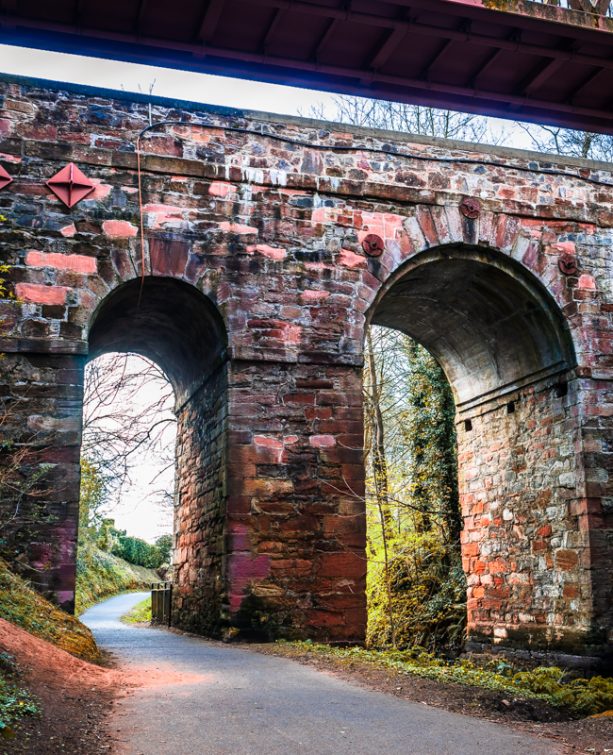 Belfast,Photography
Belfast,Photography
5 scenic walks around Lisburn
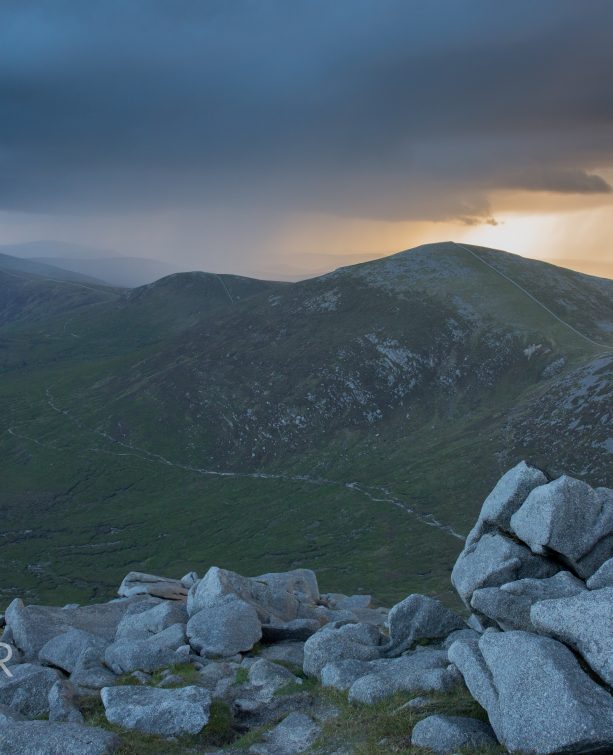 Mourne Mountains
Mourne Mountains
Bearnagh: Chased the sunset, caught the rain
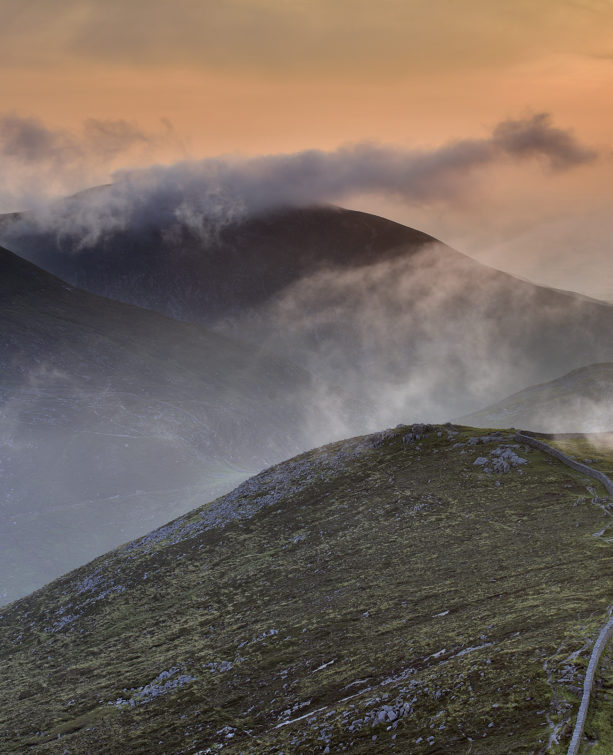 Mourne Mountains
Mourne Mountains
Camping in the High Mournes
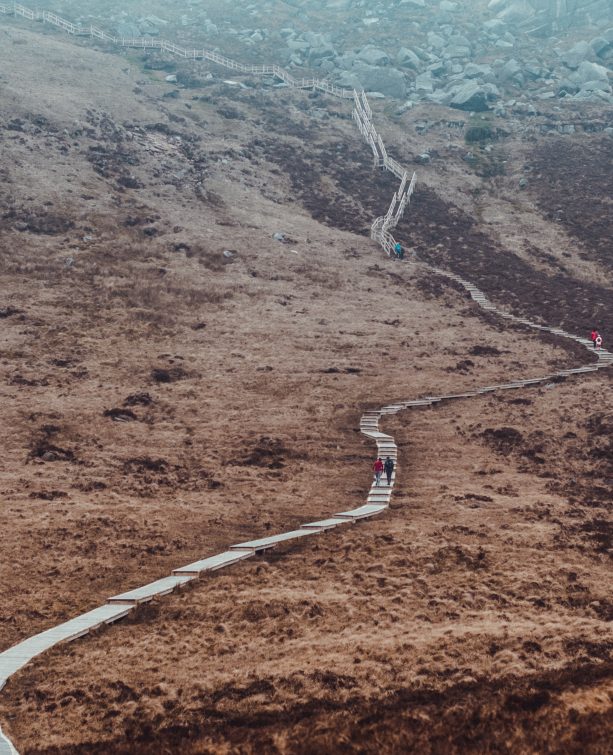 Fermanagh and Tyrone
Fermanagh and Tyrone
Cuilcagh: Stairway to Heaven
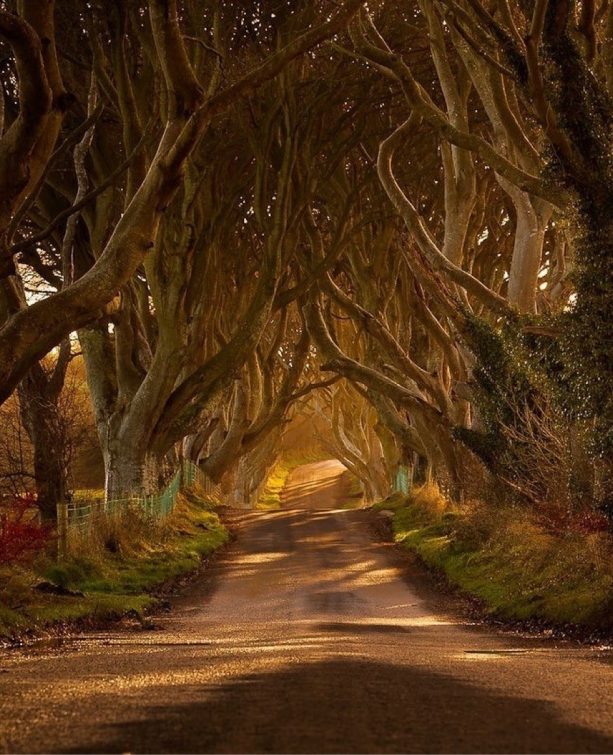 Features
Features
Every Game of Thrones Location in Northern Ireland
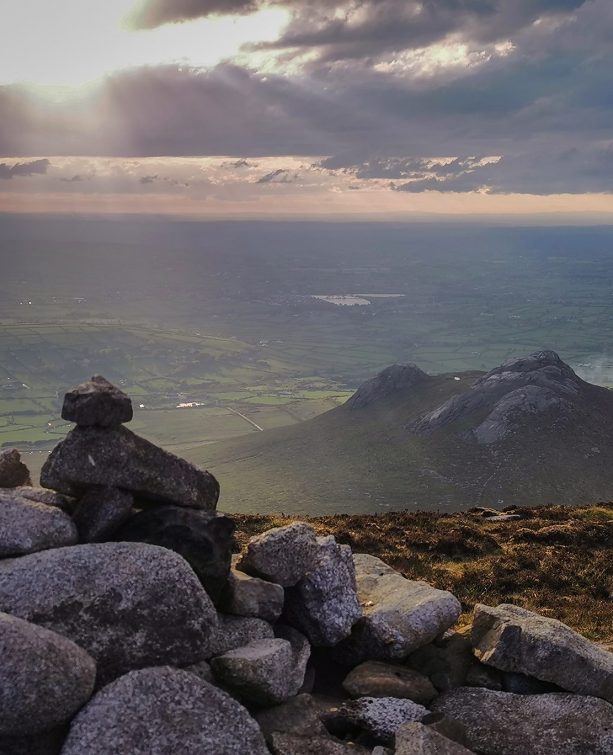 Mourne Mountains
Mourne Mountains
Hen and Cock Mountains
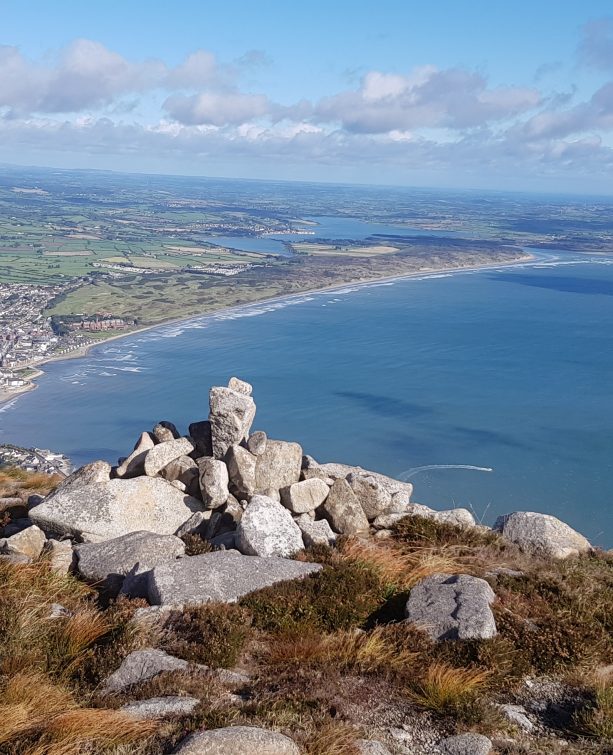 Mourne Mountains
Mourne Mountains
Leganabrachan, Millstone and Thomas: Donard’s Seaside Bodyguards
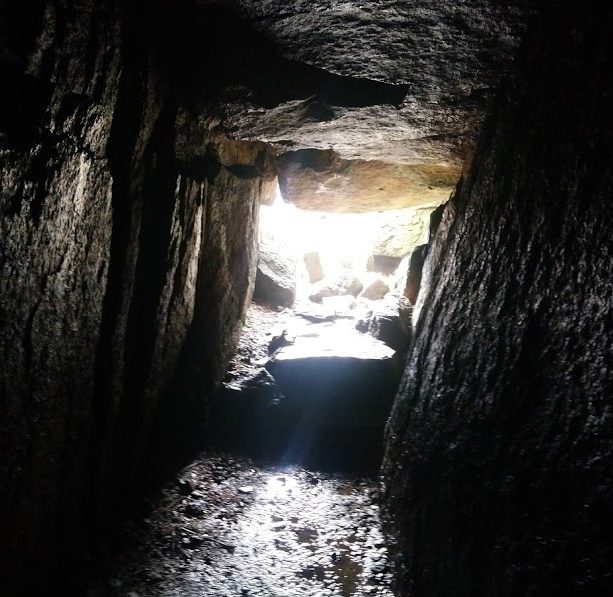 Mourne Mountains
Mourne Mountains
Percy Bysshe and Cove Caves